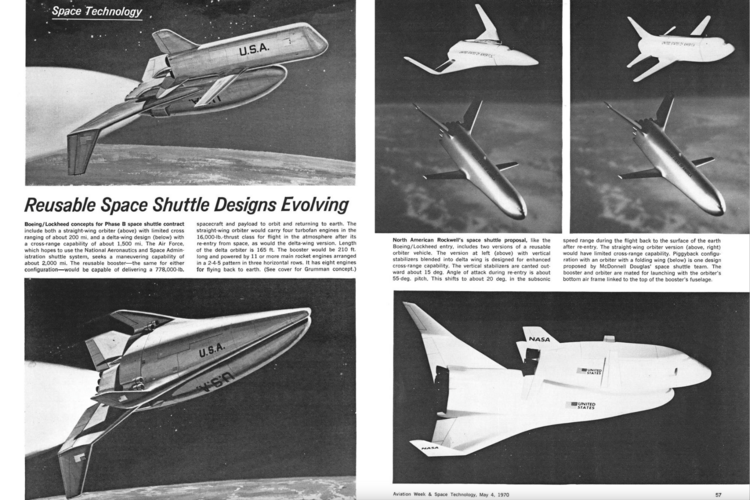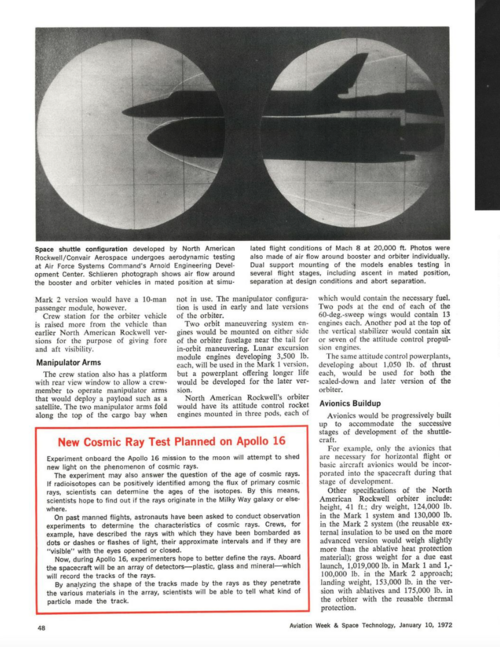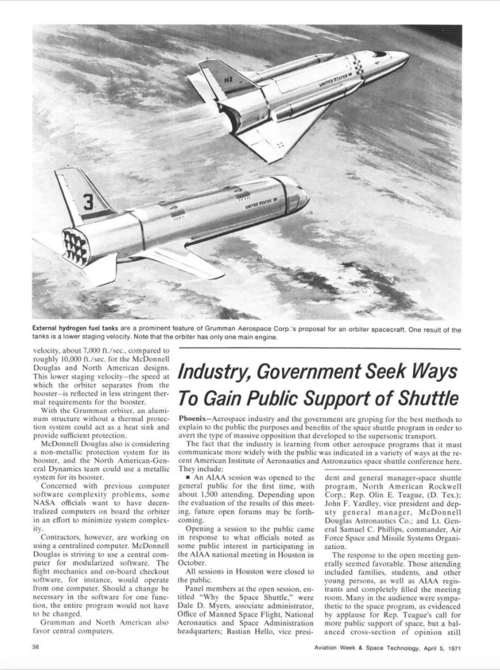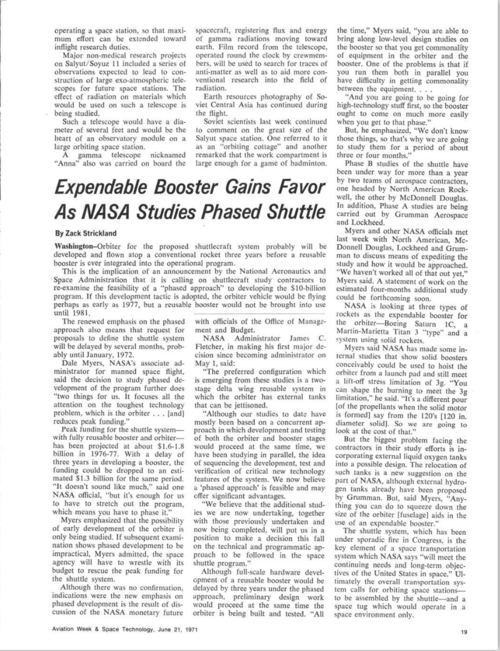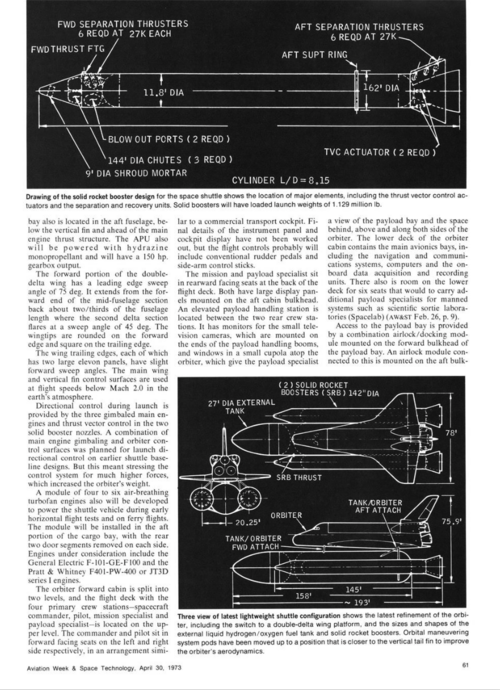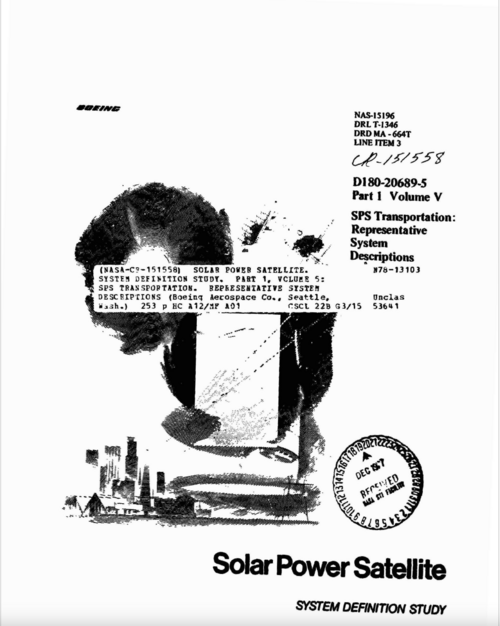Moon has been part of SpaceX's and Musk's Mars plan, just watch his pre-Artemis presentations, the vast majority of technologies developed for HLS will be useful, more or less directly, for Mars too.
I hate to be ""that guy" (happens far to often for my tastes actually

) but actually other than some off the cuff general remarks early on, (back when Musk was also saying they would be using the Falcon 9 upper stage as a Starship test vehicle) Musk was/is specifically sceptical and dismissive of the Moon as a goal or a destination. He changed tune a bit when HLS came along but as soon as they got the contract award it was basically "Ya, whatever. On to Mars!".
Musk has said that developing a "Lunar" version, (specifically the few "Artemis" versions which will very different from the "Starship" he envisions) will be a specialized and essentially "one-off" version since it will have no real capability beyond landing on the Moon.
Really this is understandable with Musk's overall "plan" (ie: fixation) for Mars.
It's essentially "Mars Direct" privatized and super-sized (and not IMHO in a good way) which is why he needs a super-heavy lift vehicle to get the job done. He's got the same dislike for on-orbit infrastructure and support, (hence his dismissal of orbital propellant depots even though that's essentially what his "Orbital Tanker Starship" will be) that characterized Mars Direct which he is a fan of. But he's not willing to entertain any idea of moving from his "planned" goals and is focused solely on Mars. He throws out "hints" of other uses but he doesn't really support them unless he thinks he can generate some interest by dropping hints.
Early on there were hints that there would be things like space tugs and dedicated orbit-to-orbit transports but like using the Falcon 9 for testing it was quickly dropped. He's not really "wrong" either given his focus. Using Starship for Lunar missions IS actually wasteful and over complicated, especially with NASA's limited goals and missions. (Specifically issues with Congressional support/funding which drive what NASA can actually plan, let alone actually do)
Something to keep in mind that while lander 'reuse' is a "nice to have" it's not a requirement and by mutual agreement SpaceX is supposed to aim their "Lunar Starships" as expendable.
(This has modified somewhat recently with Blue Origin noting their lander is supposed to be reusable, SpaceX is still only planning on building a few "HLS" models and not reusing them. IIRC NASA in fact won't actually "own" the HLS Starships, SpaceX will. Maybe I got that wrong though)
It is 80-90% SpaceX money. DOD has very little (just studies) and NASA's is for the lunar lander version.
It's 80-90% investor money yes but the NASA money (and support) has been the main driver for that investment. Part of the reason Starship was delayed was a lack of ability to fund the "development program".
It is clear however that, thanks to starlink, SpaceX has self-funding capabilities rivalling NASA’s human exploration program
Err... No? Starlink is at this point still a money sink for SpaceX. Part of the reason we're seeing development of "Starlink V2.0" equipment on the latest test flight is as Musk said he needs that (and he needs it soon) to make a profit on Starlink. Starship's money is not flowing from SpaceX or Musk, (though I'll note he's diverted a lot of money from Tesla to prop up SpaceX) but from continuous rounds of investor capital that isn't as steady as it was because of a perceived "lack of progress". Valuation inflation has been a thing for SpaceX for a while now and the gravy train is slowing down due to perceived (I'd argue actual)n issues with Starship and Starlink.
Musk has said IIRC that the next flight will NOT carry any Starlink V2.0 satellites for deployment and he said that because speculation on doing so has been bleeding over into his next funding round causing issues. (They are nowhere near ready to try deploying such satellites given the issues with each flight but "speculation" has been coming out that Musk will give the go-ahead for expendable Starship development to get the V2.0 constellation started to firm up investment)
And with that let me STOP derailing THIS thread (TheKutKu will get that one

) and go back to lurking

Randy



